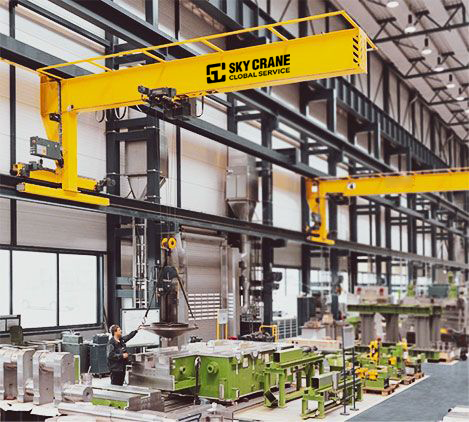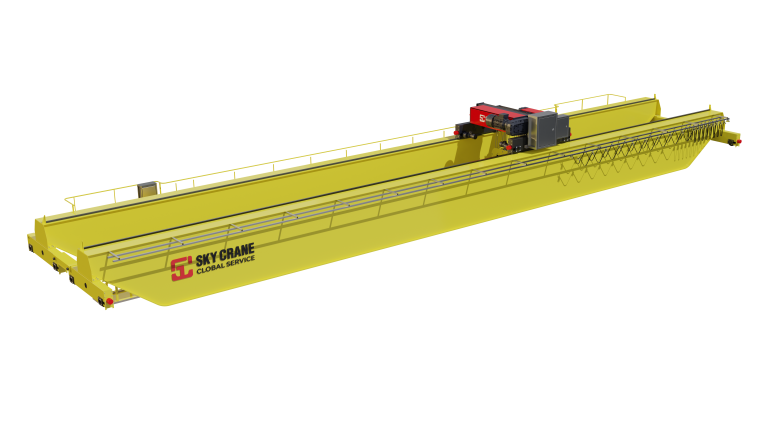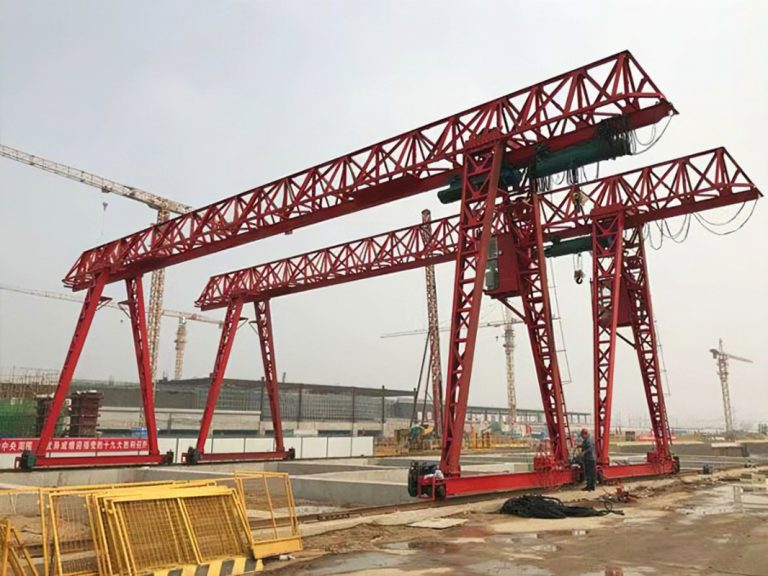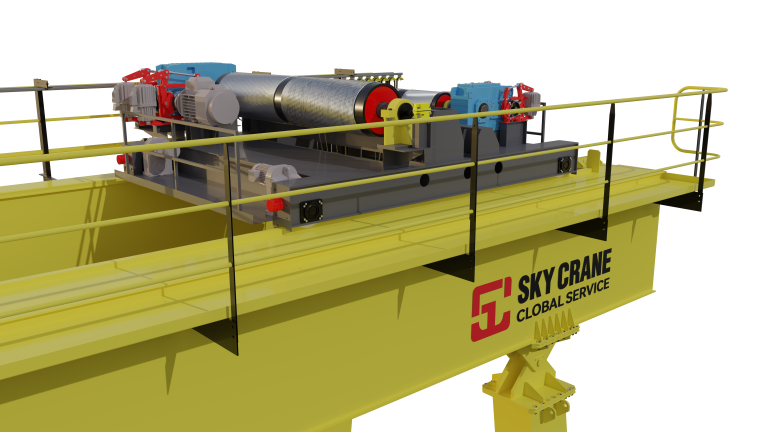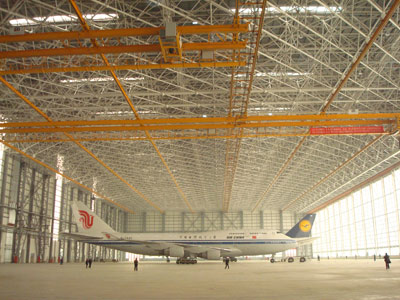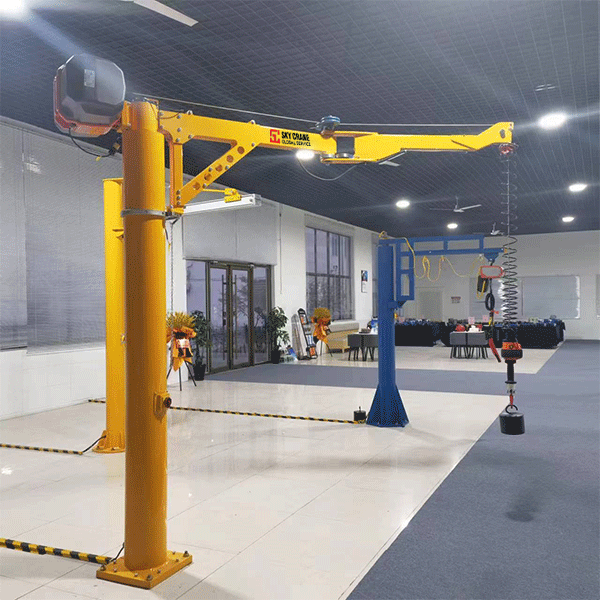Table of Contents
Benefits of Using Light and Small Lifting Equipment in Construction Projects
Construction projects often require the use of heavy machinery and equipment to lift and move materials. However, there are instances where light and small lifting equipment can be just as effective, if not more so, in getting the job done. In this article, we will explore the benefits of using light and small lifting equipment in construction projects.
One of the main advantages of using light and small lifting equipment is their portability. These types of equipment are typically compact and easy to transport from one location to another. This makes them ideal for construction projects that require frequent movement of materials or equipment. For example, a small crane or hoist can be easily moved around a construction site to lift and place materials in various locations.
In addition to their portability, light and small lifting equipment are also more cost-effective than larger, heavier machinery. These smaller machines are often less expensive to purchase or rent, making them a more budget-friendly option for construction companies. Furthermore, the operating costs of light and small lifting equipment are typically lower than that of larger machinery, saving companies money in the long run.
Another benefit of using light and small lifting equipment is their versatility. These machines can be used for a wide range of lifting and moving tasks, making them a valuable asset on construction sites. Whether it’s lifting heavy materials to higher levels or moving equipment into tight spaces, light and small lifting equipment can handle a variety of tasks with ease.
Furthermore, light and small lifting equipment are often easier to operate than larger machinery. This can be especially beneficial for construction projects that require precision and accuracy when lifting and placing materials. Operators can maneuver these smaller machines more easily, reducing the risk of accidents or damage to materials.
Safety is always a top priority on construction sites, and light and small lifting equipment can help improve safety measures. These machines are designed to be more maneuverable and agile, reducing the risk of accidents or injuries. Additionally, many light and small lifting equipment come equipped with safety features such as overload protection and emergency stop buttons, further enhancing the safety of construction workers.
In conclusion, light and small lifting equipment offer numerous benefits for construction projects. Their portability, cost-effectiveness, versatility, ease of operation, and safety features make them a valuable asset on any construction site. By utilizing light and small lifting equipment, construction companies can improve efficiency, reduce costs, and enhance safety measures. Whether it’s lifting heavy materials or moving equipment into tight spaces, these machines are a reliable and effective solution for a wide range of lifting and moving tasks.
Top Features to Look for When Choosing Light and Small Lifting Equipment for Your Workshop
When it comes to setting up a workshop, having the right equipment is essential for getting the job done efficiently and safely. One key component of any workshop is lifting equipment, which is used to move heavy objects or materials with ease. In smaller workshops or spaces with limited room, light and small lifting equipment is often the best choice. These compact and portable devices are designed to provide the lifting power you need without taking up too much space. If you are in the market for light and small lifting equipment for your workshop, there are several key features to look for to ensure you are getting the best tool for the job.
| No. | Commodity Name |
| 1 | LDY metallurgical electric single beam crane |
| 2 | Rubber – tired Gantry Crane |
| 3 | European-style crane |
| 4 | Harbour crane |
One important feature to consider when choosing light and small lifting equipment is the weight capacity. Different lifting devices are designed to handle different weight loads, so it is crucial to select a tool that can safely lift the objects you will be working with. Be sure to check the weight capacity of the equipment before making a purchase to avoid any accidents or damage to the device.
Another important feature to look for in light and small lifting equipment is the lifting height. Depending on the layout of your workshop and the types of objects you will be lifting, you may need a device with a specific lifting height to reach the desired height. Consider the maximum height you will need to lift objects to ensure that the equipment you choose can meet your requirements.

Durability is also a key factor to consider when selecting light and small lifting equipment. You want a tool that is built to last and can withstand the wear and tear of regular use in a workshop setting. Look for equipment made from high-quality materials that are designed to withstand heavy loads and frequent use. Investing in a durable lifting device will save you money in the long run by reducing the need for repairs or replacements.
Ease of use is another important feature to look for in light and small lifting equipment. You want a tool that is easy to operate and maneuver, especially in tight spaces. Look for equipment with user-friendly controls and ergonomic design to make lifting objects as simple and efficient as possible. Consider how easy it is to set up and operate the device before making a purchase to ensure that it will meet your needs.
Safety features are also crucial when choosing light and small lifting equipment for your workshop. You want a tool that is designed with safety in mind to protect both you and your workspace. Look for equipment with features such as overload protection, emergency stop buttons, and secure locking mechanisms to prevent accidents and injuries. Prioritize safety when selecting lifting equipment to create a secure working environment for yourself and your employees.
In conclusion, there are several key features to look for when choosing light and small lifting equipment for your workshop. Consider the weight capacity, lifting height, durability, ease of use, and safety features of the equipment before making a purchase to ensure that you are getting the best tool for the job. By selecting the right lifting device, you can improve the efficiency and safety of your workshop operations.
How Light and Small Lifting Equipment Makers are Innovating to Improve Efficiency and Safety in Various Industries
Light and small lifting equipment makers play a crucial role in various industries by providing innovative solutions to improve efficiency and safety. These companies are constantly striving to develop new technologies and products that meet the evolving needs of their customers. By focusing on innovation, they are able to stay ahead of the competition and deliver cutting-edge solutions that help businesses operate more effectively.
One of the key ways in which light and small lifting equipment makers are innovating is by incorporating advanced technology into their products. For example, many companies are now using sensors and automation to improve the accuracy and precision of their lifting equipment. This not only makes the equipment easier to use but also reduces the risk of accidents and injuries in the workplace.
In addition to technology, light and small lifting equipment makers are also focusing on improving the design and functionality of their products. By making their equipment more compact and lightweight, they are able to offer greater flexibility and versatility to their customers. This allows businesses to use the equipment in a wider range of applications and environments, ultimately increasing their productivity and efficiency.
Furthermore, many companies are also investing in research and development to create new and innovative lifting solutions. By constantly pushing the boundaries of what is possible, these companies are able to develop products that are more efficient, reliable, and safe. This commitment to innovation ensures that businesses have access to the best possible lifting equipment to meet their needs.
Another important aspect of innovation in the light and small lifting equipment industry is sustainability. Many companies are now focusing on developing eco-friendly products that reduce energy consumption and minimize environmental impact. By using materials that are recyclable and energy-efficient, these companies are able to create products that not only benefit their customers but also the planet.
Overall, light and small lifting equipment makers are constantly striving to improve their products and services to meet the changing needs of their customers. By focusing on innovation, technology, design, and sustainability, these companies are able to deliver cutting-edge solutions that help businesses operate more efficiently and safely. As industries continue to evolve, it is clear that light and small lifting equipment makers will play a crucial role in driving innovation and progress.

